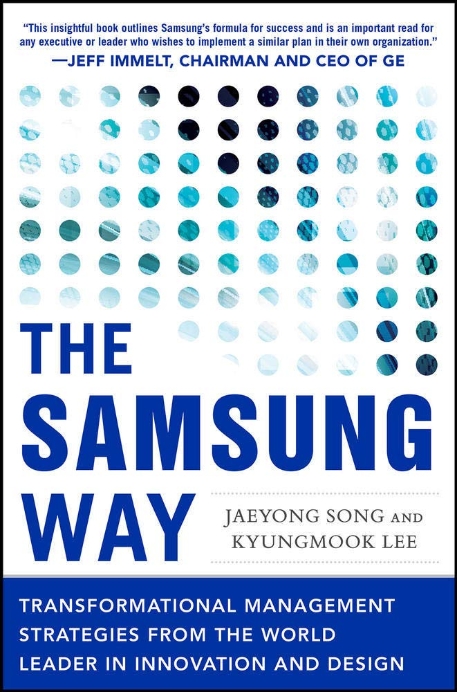Arranging for Vice Chairman Lee of Samsung to return to job
This is the first installment in a series of special feature articles of The Korea Post media on the leading business conglomerates of Korea, which sheds light on the past, present and future prospects of the company.—Ed.
In Korea whenever a new political party comes into power, big businesses called Jaebeol, all but invariably, undergo the ordeal of having to adjust themselves to the new surroundings under the new government.
Here in the ‘Land of the Morning Calm,’ there is a very often-used old adage, “When you dust a person, there is not a single one who is clean!”
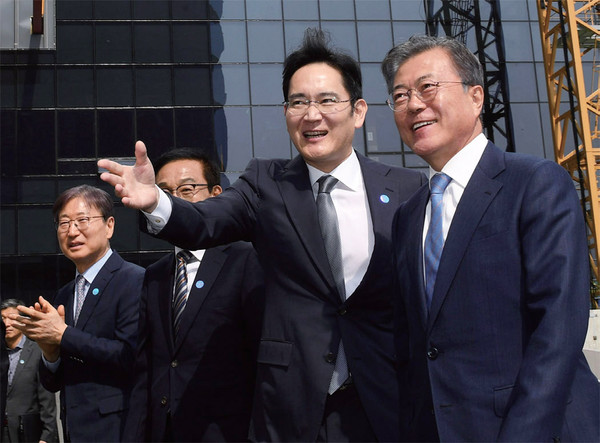
However, President Moon Jae-in seems to be trying to differentiate himself from some of his predecessors, and recently released Vice Chairman Lee Jae-yong of Korea’s top business conglomerate, Samsung, in a parole measure for a number of prison-term servers on the occasion of the Liberation Day of Korea on Aug. 15, 2021. This day is in celebration of Korea’s winning freedom from the yokes of colonial rule of the then Imperialist Japan on that historical day.
Needless to say, President Moon got a wide acclaim for this action from the general public, to speaking nothing of the business community, which definitely added to the good result of his effort to recover himself from the falling popularity indicated by repeated public polls.
The Samsung Business Group widely considered a prominent business leader in Korea and in many other parts of the world, “who can do many wonderous things” and there are some who even say, “Well, if the vice chairman had been given the release earlier wouldn’t Samsung have come up with a solution to beat the COVID-19 woes before many countries?”
There are many ‘Firsts” achieved by Samsung and many people in Korea wonder Samsung would not have come up with a wonderous solution to keep the Korean people free from the COVID-19 woes by developing in-house or importing the solution from overseas.
Partial pardon given to Vice Chairman Lee and a number of others on the occasion of the Liberation Day appears to indicate a sign of slight change in President Moon’s attitude toward the Korean people with the nationwide Presidential election coming in March next year, only a little over seven months away.

Vice Chairman Lee announced on Aug. 25, 2021 that Samsung will invest 240 trillion won (US$205.5 billion) in the development and production of chips as part of his plan to boos its technology leadership in the semiconductor area.
Samsung said that the largest share of investment will go to foster strategic businesses such as semiconductor, biopharmaceuticals, next-generation telecommunications and IT research.
Much of the money, 180 to 200 trillion Korean won is expected to be allocated to the semiconductor business.
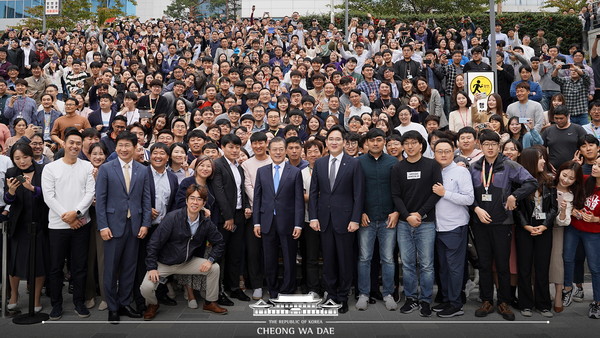
In the peculiar business management environment in Korea, especially during the days of the successive former Presidents, the Korean big businesses have been vulnerable to the actions taken on them by the government leaders in power. And Samsung, in that respect, seems to have been no exception.
So, who is Vice Chairman Lee Jae-yong and, more importantly, who and what is Samsung he leads?
According to the company literature, Samsung is a global leader in enterprise mobility and information technology, and provides enterprise products and services that help customers realize the promise of digital business.
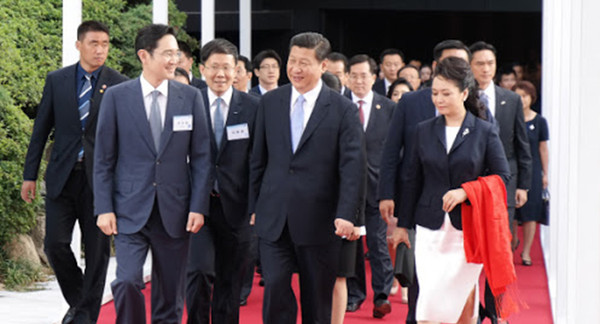
Samsung makes solutions. Samsung utilizes partnerships to transform its products into end-to-end solutions. From hardware to software to implementation, Samsung works with integrators to bring these solutions to life.
Samsung’s diverse portfolio of business products is designed to boost employee productivity, improve customer engagement and simplify IT management.
Samsung provides an array of solutions, products and services specifically designed for the industry. They include solutions for finance technology, government business, healthcare technology, educational technology, hospitality technology, transportation technology, retail technology, legal technology, public safety technology, and manufacturing technology.
How does Samsung work in their business operations?
Together with its ecosystem of carefully selected channel partners, Samsung says it helps the clientele every step of the way, from purchase to implementation.
Samsung says, “We manufacture best-in-class products for businesses and we are distributors with products shipped to our network of distributors.”

So, who leads Samsung, Korea’s top business conglomerate?
Currently, Samsung is led by Vice Chairman Lee Jae-yong, better known in the English-speaking world as Jay Y. Lee.
According to Google, Lee, vice chairman of Samsung since 2012 has been the top leader of Samsung, even more definitely since 1917.
Lee is 53 years old (born in Yongsan-gu, Seoul on June 23, 1968), and stands 182 centimeters tall.
Lee is the only son between the late Chairman Lee Kun-hee of the Samsung Group and his spouse, Mme. Hong Ra-hee, daughter of former Minister of Home Affairs of Korea Hong Jin-ki.
Hong Ra-hee (born on July 15, 1945) is a billionaire businesswoman, who is the director of the Leeum, Samsung Museum of Art. She is the widow of Lee Kun-hee, who was the richest citizen in South Korea. She is known as the most powerful art collector in South Korea.
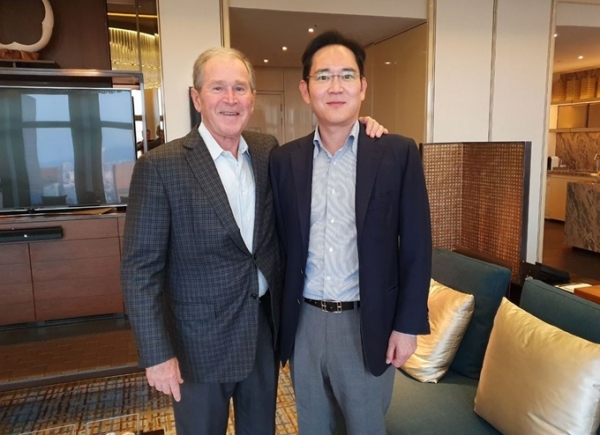
Vice Chairman Lee is often called the "Crown Prince of Samsung" by the Korean media and is known to speak English and Japanese besides his native tongue, the Korean language.
As of May 2021, Lee’s properties and possessions are estimated to be worth US$12.5 billion, making him the fourth-wealthiest person in South Korea.
In January 2021, Lee was sidelined from taking part in major Samsung business dealings after he resumed serving a prison sentence for a bribery and embezzlement conviction.
In 2014, Lee was named the world's 35th most powerful person and the most powerful Korean by Forbes Magazine's List of The World's Most Powerful People along with his father.

Personal life:
Lee was born in Seoul, and attended the prestigious Kyungbok High School in Seoul, one of the top-rate high schools in Korea. He received his B.A. in East Asian history from Seoul National University and his M.B.A. from Keio University in Japan. He attended Harvard Business School for about five years in pursuit of a Doctor of Business Administration degree, but did not graduate.
Lee is not very frequently seen in public and is known to avoid publicity. He has two younger sisters, Lee Boo-jin and Lee Seo-hyun, and was the elder brother of the late Lee Yoon-hyung.
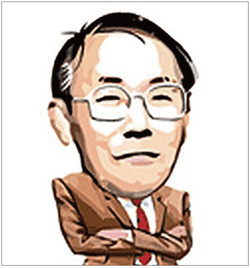
Career at Samsung:
Lee started working for Samsung in 1991. He began serving as Vice President of Strategic Planning and then as "Chief Customer Officer," a management position created exclusively for Lee.
However, his prospects for future company leadership dimmed when his father Lee Kun-hee stepped down as chairman of the Samsung Business Group.
In December 2009, however, his succession prospects were revived when Lee became the Chief Operating Officer of Samsung Electronics. Since December 2012, he has been Vice Chairman of Samsung. He is one of the main shareholders of Samsung's financial services subsidiary, owning 11% of Samsung SDS. Lee has been described as having "been groomed” to take over the Samsung Business Group.
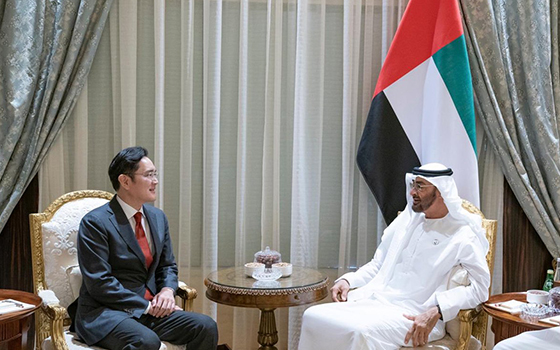
Management style:
According to an article in Reuters, Lee is known for his ‘cold’ determination and polite, quiet demeanor. Lee is known to reply personally to e-mails, and assumes a light-hearted attitude with reporters. When he resumed serving his prison sentence in January 2021, however, the Australian Broadcasting Corporation reported that Lee was still Samsung's vice-chairman.
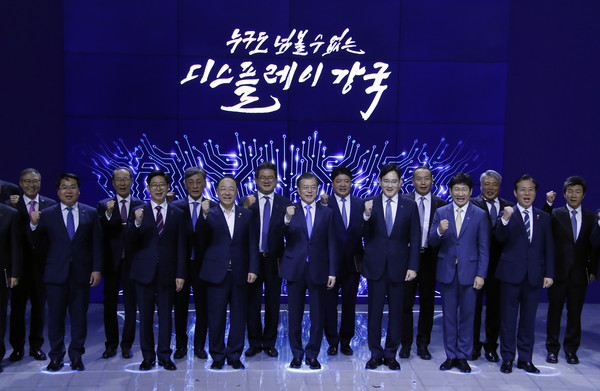
Samsung Business Group:
Samsung, according to Wikipedia, is a multinational conglomerate headquartered in Samsung Town, Seoul. It comprises numerous affiliated businesses, most of them united under the Samsung brand, and is the largest South Korean chaebol business conglomerate. As of 2020, Samsung has the 8th highest global brand value.
Samsung was founded by Lee Byung-chul in 1938 as a trading company. Over the next three decades, the group diversified into areas including food processing, textiles, insurance, securities, and retail. Samsung entered the electronics industry in the late 1960s and the construction and shipbuilding industries in the mid-1970s; these areas would drive its subsequent growth. Following Lee's death in 1987, Samsung was separated into five business groups--Samsung Group, Shinsegae Group, CJ Group and Hansol Group, and Joongang Group.
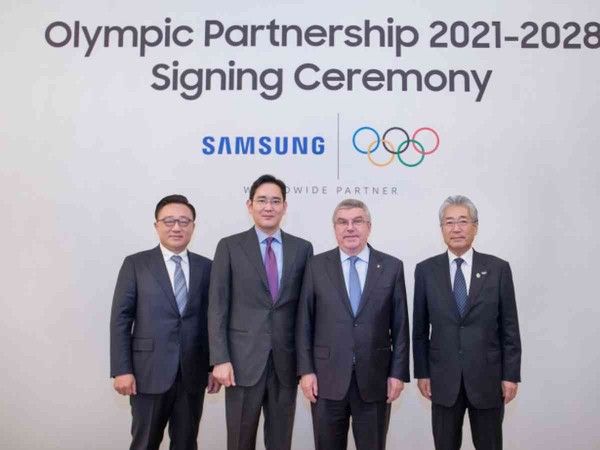
Notable Samsung industrial affiliates include Samsung Electronics (the world's largest information technology company, consumer electronics maker and chipmaker measured by 2017 revenues), Samsung Heavy Industries (the world's 2nd largest shipbuilder measured by 2010 revenues), and Samsung Engineering and Samsung C&T Corporation (respectively the world's 13th and 36th largest construction companies).
Other notable subsidiaries include Samsung Life Insurance (the world's 14th largest life insurance company), Samsung Everland (operator of Everland Resort, the oldest theme park in South Korea) and Cheil Worldwide (the world's 15th largest advertising agency, as measured by 2012 revenues).

Etymology:
According to Samsung's founder, the meaning of the Chinese characters Samsung (三星) is "three stars". The word "three" represents something "big, numerous and powerful, while "stars" means everlasting or eternal, like stars in the sky.
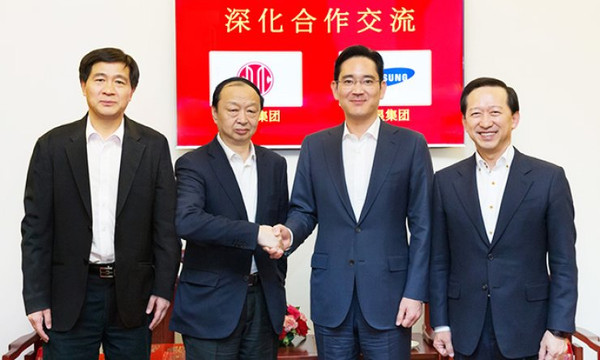
History:
In 1938, during Japanese-ruled Korea, Lee Byung-chul (1910–1987) of a large landowning family in the Euiryeong county moved to nearby Daegu city and founded Mitsuboshi (Three Star) Trading Company, or Samsung Sanghoe.
Samsung started out as a small trading company with 40 employees located in Su-dong (now Ingyo-dong). It dealt in dried-fish, locally-grown groceries and noodles.
The company prospered and Lee moved its head office to Seoul in 1947. When the Korean War broke out on June 25, 1950, Lee was forced to leave Seoul. He started a sugar refinery in Busan named Cheil Jedang. In 1954, Lee founded Cheil Mojik and built the plant in Chimsan-dong, Daegu. It was the largest woolen mill ever in Korea at the time.
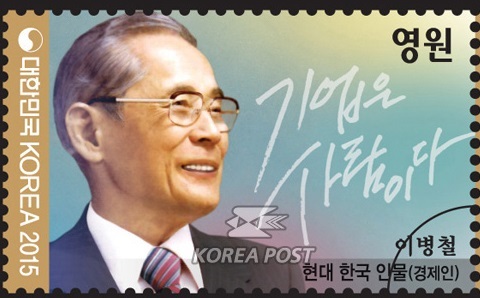
Samsung diversified into many different areas. Lee sought to establish Samsung as a leader in a wide range of industries. Samsung moved into lines of business such as insurance, securities, and retail.
In 1947, Cho Hong-jai, the Hyosung group's founder, jointly invested in a new company called Samsung Mulsan Gongsa, or the Samsung Trading Corporation, with the Samsung's founder Lee Byung-chul. The trading firm grew to become the present-day Samsung C&T Corporation. After a few years, Cho and Lee separated due to differences in management style.

Cho wanted a 30 equity share. Samsung Group was separated into Samsung Group and Hyosung Group, Hankook Tire and other businesses.
In the late 1960s, Samsung Group entered the electronics industry. It formed several electronics-related divisions, such as Samsung Electronics Devices, Samsung Electro-Mechanics, Samsung Corning and Samsung Semiconductor & Telecommunications, and made the facility in Suwon. Its first product was a black-and-white television set.

The 1970–1990 period:
The SPC-1000, introduced in 1982, was Samsung's first personal computer (sold in the Korean market only) and used an audio cassette tape to load and save data – the floppy drive was optional. In 1980, Samsung acquired the Gumi-based Hanguk Jeonja Tongsin and entered telecommunications hardware. Its early products were switchboards. The facility was developed into the telephone and fax manufacturing systems and became the center of Samsung's mobile phone manufacturing. They have produced over 800 million mobile phones to date. The company grouped them together under Samsung Electronics in the 1980s. After founder Chairman Lee's death in 1987, Samsung Group was separated into five business groups--Samsung Group, Shinsegae Group, CJ Group, Hansol Group and the JoongAng Group. Shinsegae (discount store, department store) was originally part of Samsung Group, separated in the 1990s from the Samsung Group along with CJ Group (Food/Chemicals/Entertainment/logistics), Hansol Group (Paper/Telecom), and the JoongAng Group (Media).

Today these separated groups are independent and they are not part of or connected to the Samsung Group. One Hansol Group representative said, "Only people ignorant of the laws governing the business world could believe something so absurd," adding "When Hansol separated from the Samsung Group in 1991, it severed all payment guarantees and share-holding ties with Samsung affiliates."
One Hansol Group source asserted, "Hansol, Shinsegae, and CJ have been under independent management since their respective separations from the Samsung Group". One Shinsegae department store executive director said, "Shinsegae has no payment guarantees associated with the Samsung Group."
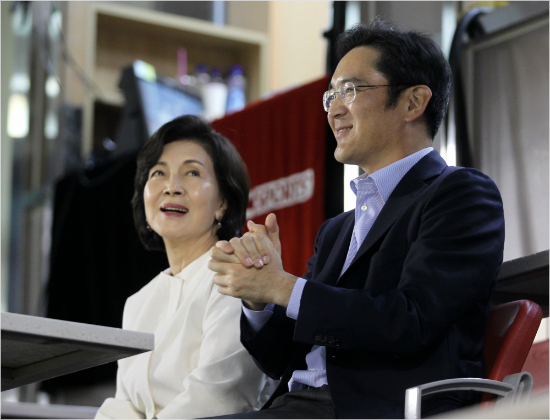
In the 1980s, Samsung Electronics began to invest heavily in research and development, investments that were pivotal in pushing the company to the forefront of the global electronics industry.
In 1982, it built a television assembly plant in Portugal; in 1984, a plant in New York; in 1985, a plant in Tokyo; in 1987, a facility in England; and another facility in Austin, Texas, in 1996. As of 2012, Samsung invested more than US$13 billion in the Austin facility, which operated under the name Samsung Austin Semiconductor. This makes the Austin location the largest foreign investment in Texas and one of the largest single foreign investments in the United States.
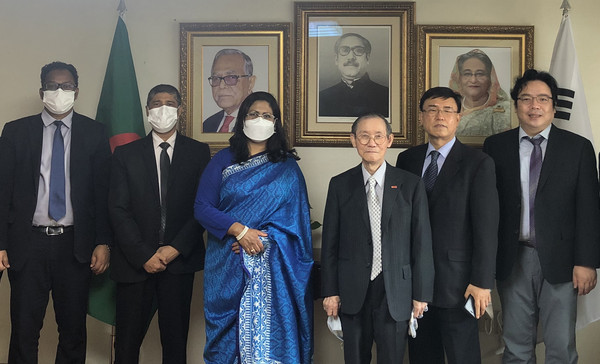
In 1987, United States International Trade Commission ruled that the Samsung Group of South Korea unlawfully sold computer chips in the United States without licenses from the chip inventor, Texas Instruments Inc. The order requires Samsung to pay a penalty to Texas Instruments within the coming weeks. Otherwise, sales of all dynamic random access memory chips made by Samsung and all products using the chips would be banned in the United States.
The ban includes circuit boards and equipment called single-in-line packages made by other companies that use D-RAM's made by Samsung with 64,000 or 256,000 characters of memory. It also covers computers, facsimile machines and certain telecommunications equipment and printers bearing either of the Samsung chips.

The 1990–2000 period:
Since 1990, Samsung has increasingly globalized its activities and electronics; in particular, its mobile phones and semiconductors have become its most important source of income. It was in this period that Samsung started to rise as an international corporation in the 1990s. Samsung's construction branch was awarded contracts to build one of the two Petronas Towers in Malaysia, Taipei 101 in Taiwan and the Burj Khalifa in United Arab Emirates. In 1993, Lee Kun-hee sold off ten of Samsung Group's subsidiaries, downsized the company, and merged other operations to concentrate on three industries: electronics, engineering and chemicals. In 1996, the Samsung Group reacquired the Sungkyunkwan University foundation.
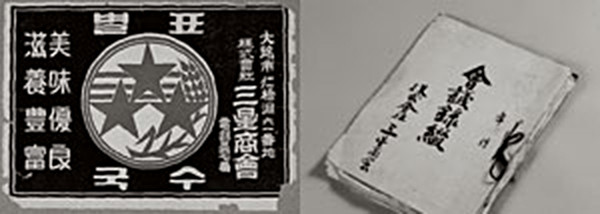
Samsung became the world's largest producer of memory chips in 1992 and is the world's second-largest chipmaker after Intel (see Worldwide Top 20 Semiconductor Market Share Ranking Year by Year). In 1995, it created its first liquid-crystal display screen.
Ten years later, Samsung grew to be the world's largest manufacturer of liquid-crystal display panels. Sony, which had not invested in large-size TFT-LCDs, contacted Samsung to cooperate, and, in 2006, S-LCD was established as a joint venture between Samsung and Sony in order to provide a stable supply of LCD panels for both manufacturers.
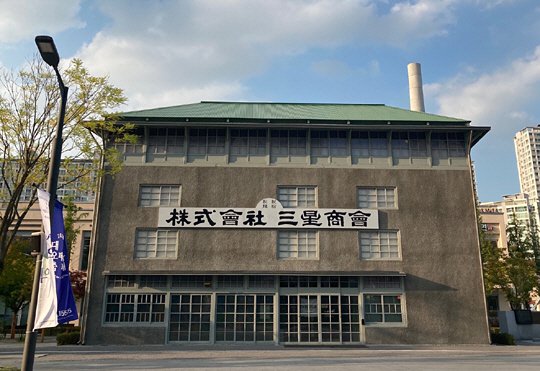
S-LCD was owned by Samsung (50% plus one share) and Sony (50% minus one share) and operates its factories and facilities in Tanjung, Korea. As of Dec. 26, 2011, it was announced that Samsung had acquired the stake of Sony in this joint venture.
Compared to other major Korean companies, Samsung survived the 1997 Asian financial crisis relatively unharmed. However, Samsung Motor was sold to Renault at a significant loss. As of 2010, Renault Samsung is 80.1 percent owned by Renault and 19.9 percent owned by Samsung. Additionally, Samsung manufactured a range of aircraft from the 1980s to the 1990s. The company was founded in 1999 as Korea Aerospace Industries (KAI), the result of a merger between then three domestic major aerospace divisions of Samsung Aerospace, Daewoo Heavy Industries and Hyundai Space and Aircraft Company. However, Samsung still manufactures aircraft engines and gas turbines.
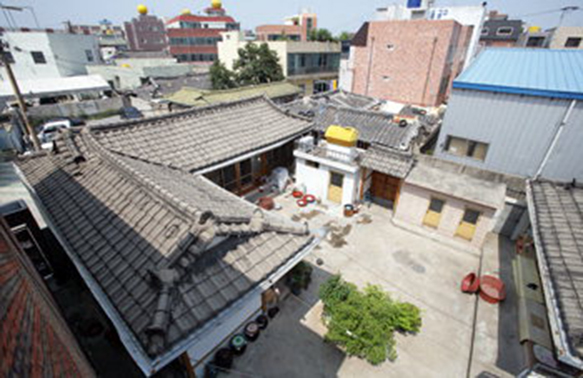
2000 to date:
In 2000, Samsung opened a development center in Warsaw, Poland. Its work began with set-top-box technology before moving into digital TV and smartphones. The smartphone platform was developed with partners, officially launched with the original Samsung Solstice line of devices and other derivatives in 2008, which was later developed into Samsung Galaxy line of devices including Notes, Edge and other products.
In 2010, Samsung announced a ten-year growth strategy centered around five businesses. One of these businesses was to be focused on biopharmaceuticals, to which has committed ₩2.1 trillion.
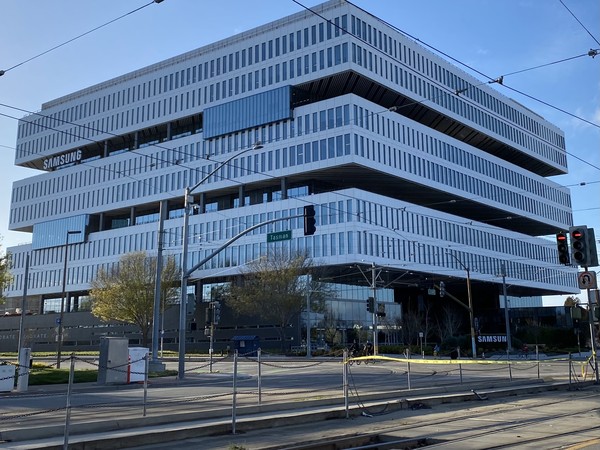
In the first quarter of 2012, Samsung Electronics became the world's largest mobile phone maker by unit sales, overtaking Nokia, which had been the market leader since 1998.
In 2015, Samsung has been granted more U.S. patents than any other company--including IBM, Google, Sony, Microsoft and Apple. The company received 7,679 utility patents through December 11.
In 2018, Samsung launched the world's largest mobile manufacturing facility in Noida, India, with guest of honor including Indian Prime Minister Narendra Modi.
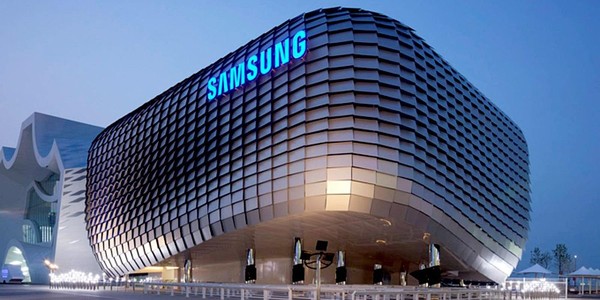
Influence:
Samsung has a powerful influence on South Korea's economic development, politics, media and culture and has been a major driving force behind the "Miracle on the Han River". Its affiliate companies produce around a fifth of South Korea's total exports. Samsung's revenue was equal to 17% of South Korea's US$1,082 billion GDP in 2013.
"You can even say the Samsung chairman is more powerful than the President of South Korea. Korean people have come to think of Samsung as invincible and above the law," said Woo Suk-hoon, host of a popular economics podcast in a Washington Post article headlined "In South Korea, the Republic of Samsung," published on Dec. 9, 2012.
